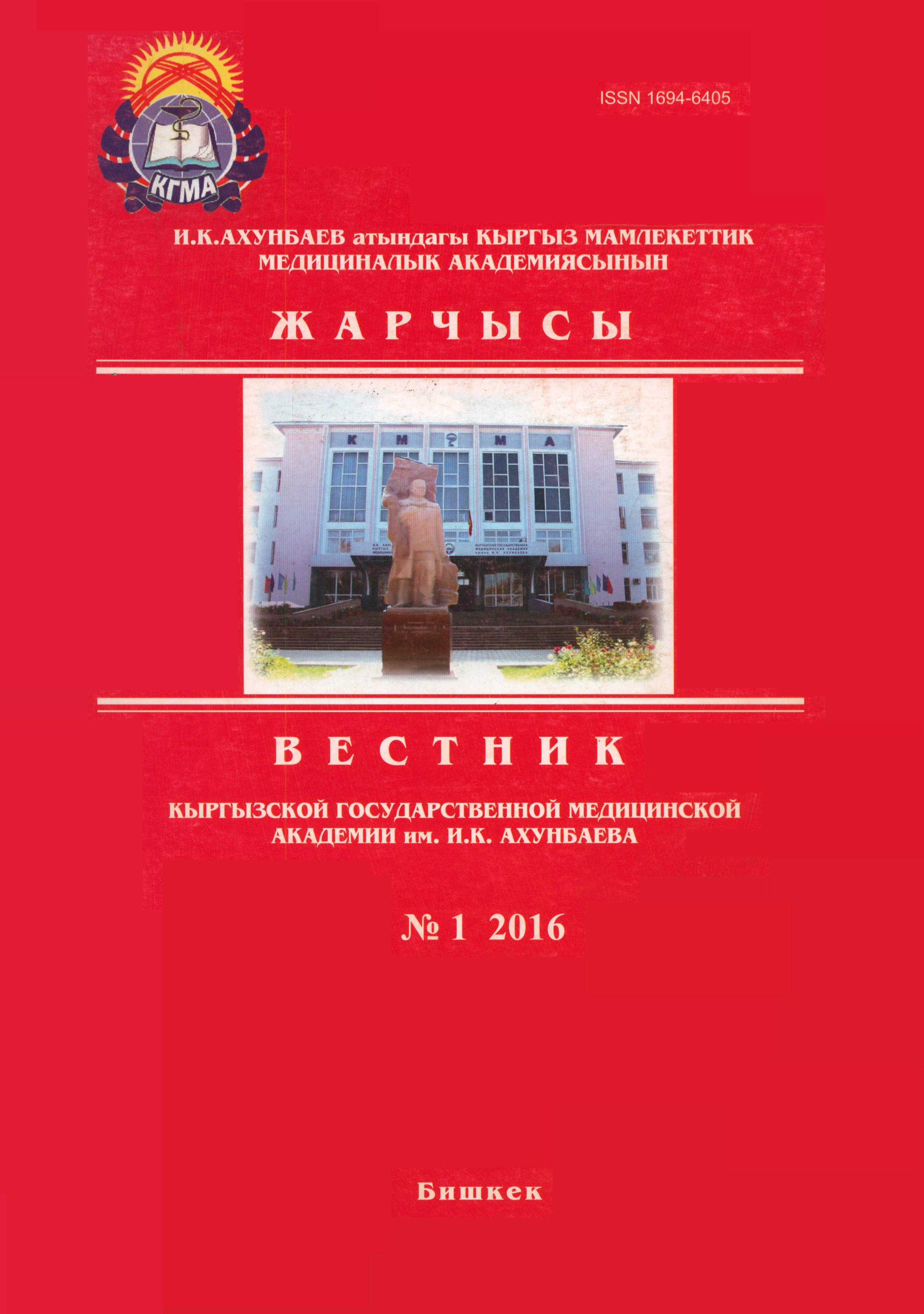STUDY OF PAIN MEDICINE USAGE IN MONGOLIAN HOSPICES
Аннотация
Resume. We provided cross-sectional study within 170 patients with cancer, hospitalized in hospices of Mongolia and conducted evaluation of pain and its treatment by WHO recommendation. Mongolian hospices used mild opioids more (55.5%), than severe opioids (24.7%), and NSAIDs (19.8%). 91% of patients used oral pain medicine. In Mongolian hospices 81.8% of patients had no pain after treatment according the WHO recommendation, and just 16.5% of patients still had mild pain and 1.7% of patients had moderate pain. We found out that Mongolian hospices manage the pain appropriately to the WHO recommendation.
Ключові слова:
pain, cancer, palliative care, morphine, opioids.Посилання
1. “Strengthening of palliative care as a component of comprehensive care throughout the life course”, Sixty-seventh World Health Assembly, 24 May 2014, p.2
2. Health indicators, Mongolia, 2014, p. 13.
3. National Cancer Control program 2007-2017 Mongolia, p 17 http://www.iccportal.org/sites/default/files/ plans/NCCP% 20Mongolia%202007-2017.pdf
4. “Cancer pain relief” who guide, 1996, second edition, p.3.14
5. Mary Lynn McPherson, Baltimore, Micheal J. LaPenta, Annapolis, “Pharmacopalliation of Pain in Advanced Illness”, The Annual Assembly of American Academy of Hospice and Palliative Medicine & Hospice and Palliative Nurses Association , March 3–6, 2010 | Boston, MA | John B. Hynes Veterans Memorial p.1–5
6. Benjamin Lee,Johns Hopkins, Baltimore,“Pain Management in Children with Severe Neurological Impairment”, The Annual Assembly of American Academy of Hospice and Palliative Medicine & Hospice and Palliative Nurses Association , March 3–6, 2010 | Boston, MA | John B. Hynes Veterans Memorial p.40
7. Russell K Portenoy,Pauline Lesage,“Management of cancer pain”, The lancetVolume 353, Issue 9165, 15 May 1999, Pages 1695–1700, http://www.sciencedirect.com/science/article/pii/S0140673699013100
8. Richard Laing, Brenda Waning, Andy Gray, Nathan Ford, Ellen ‘t Hoen, “25 years of the WHO essential medicines lists: progress and challenges”, The lancet, Volume 361, Issue 9370, 17 May 2003, Pages 1723–1729
9. Eduardo Bruera, Irene J Higginson, Carla Ripamonti and Charles von Gunten“Textbook of palliative medicine”2006: p.359-414
10. Essential drug list of Mongolia, Order of the Ministry of Health of Mongolia N 215, 2014/06/24/, http://ubhealth.mn/
11. Weiss SC, Emanuel LL, Fairclough DL, Emanuel EJ, Understanding the experience of pain in terminally ill patients. Lancet. 2001:357(9265): 1311-1315. PMID: 11343734. [].
12. Levy MH. Pharmacologic treatment of cancer pain. N Engl J Med. 1996:335:1124-1132. PMID: 8813044. Full text
13. Shukwahung, Singsuipi, Kam Fung Leung, at all., “Report on pain control under palliative care and interventions provided by home care team” Palliative home care unit, Hong Kong Buddhist hospital, Hong Kong Asia Pacific Hospice Conference, Transforming Palliative Care, April 30-May 03, 2105 Taipei International Convention Center, Taiwan.
14. Hyun-Jeongshim, Woo-Kyunbae, Sang-Heecho, Ikjoochung, “The use of high dose intravenous morphine for breakthrough pain in terminal cancer patients admitted to hospice center” Department of internal medicine, division of Hematooncology, Chonnam National Medical University, School of medicine, Jeonnam Regional Cancer Center, Republic of Korea Asia Pacific Hospice Conference, Transforming Palliative Care, April 30-May 03, 2105 Taipei International Convention Center.



